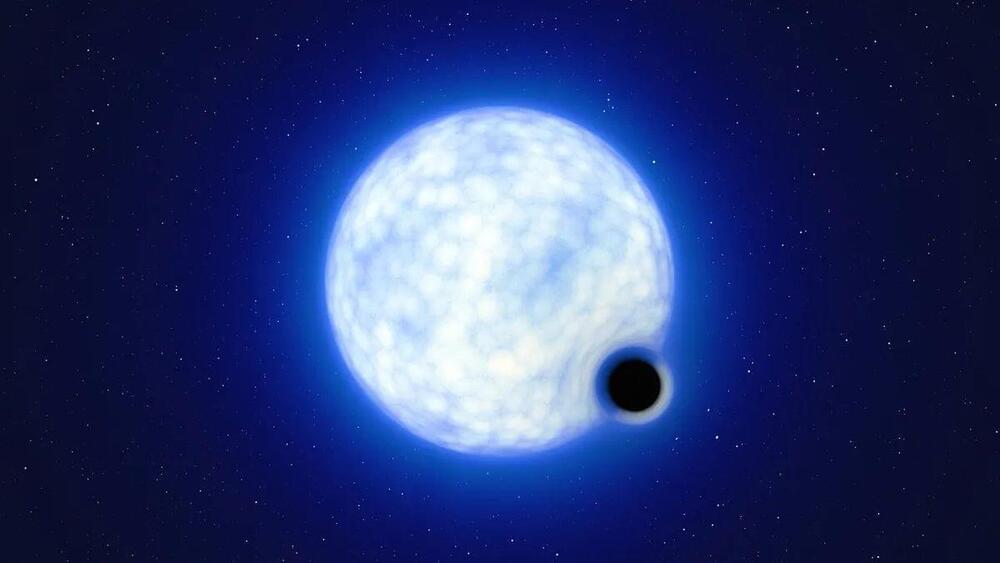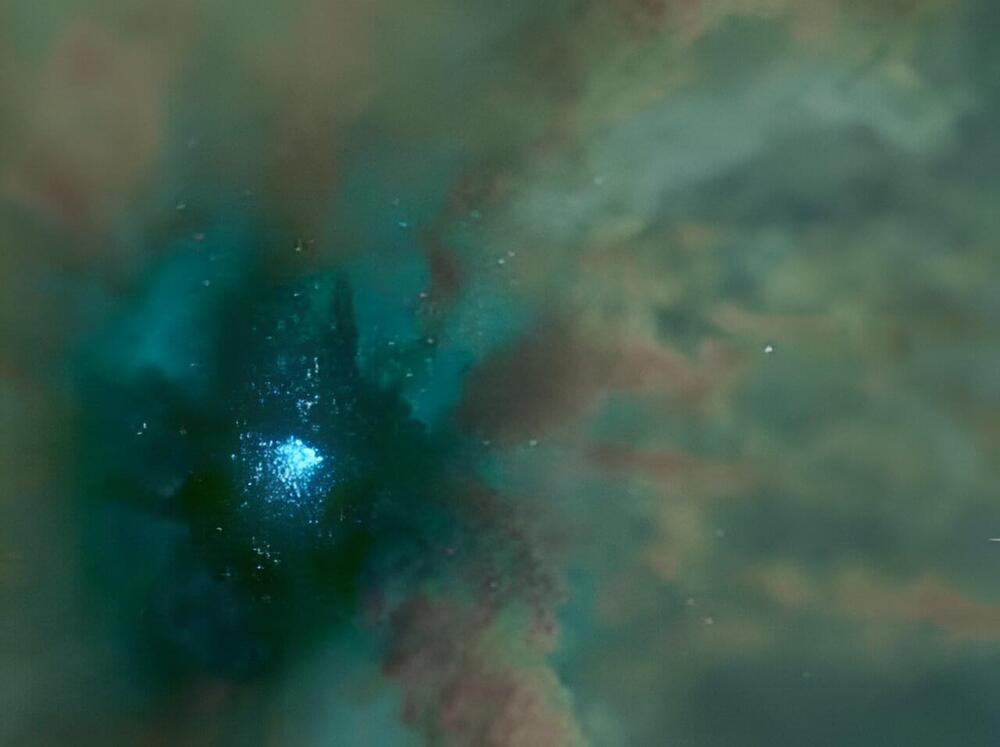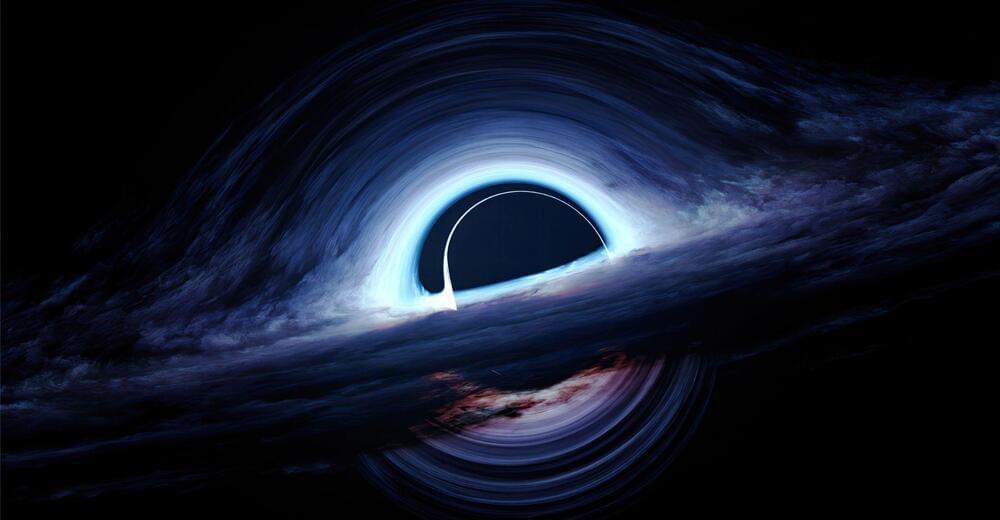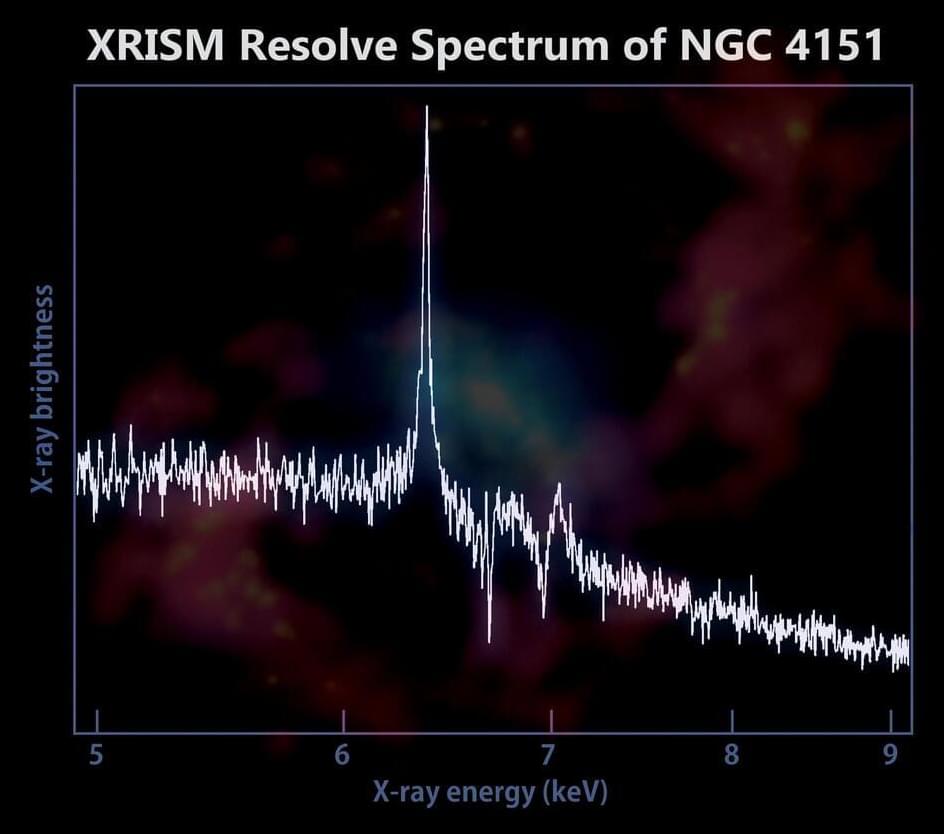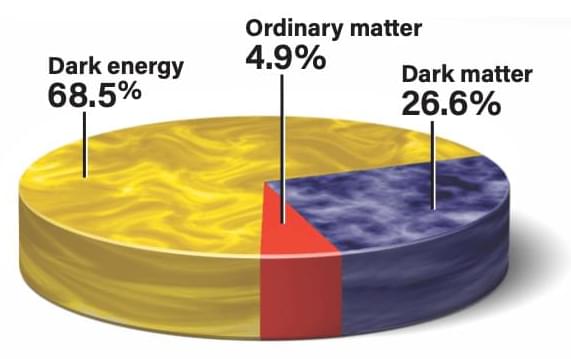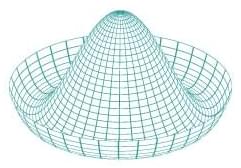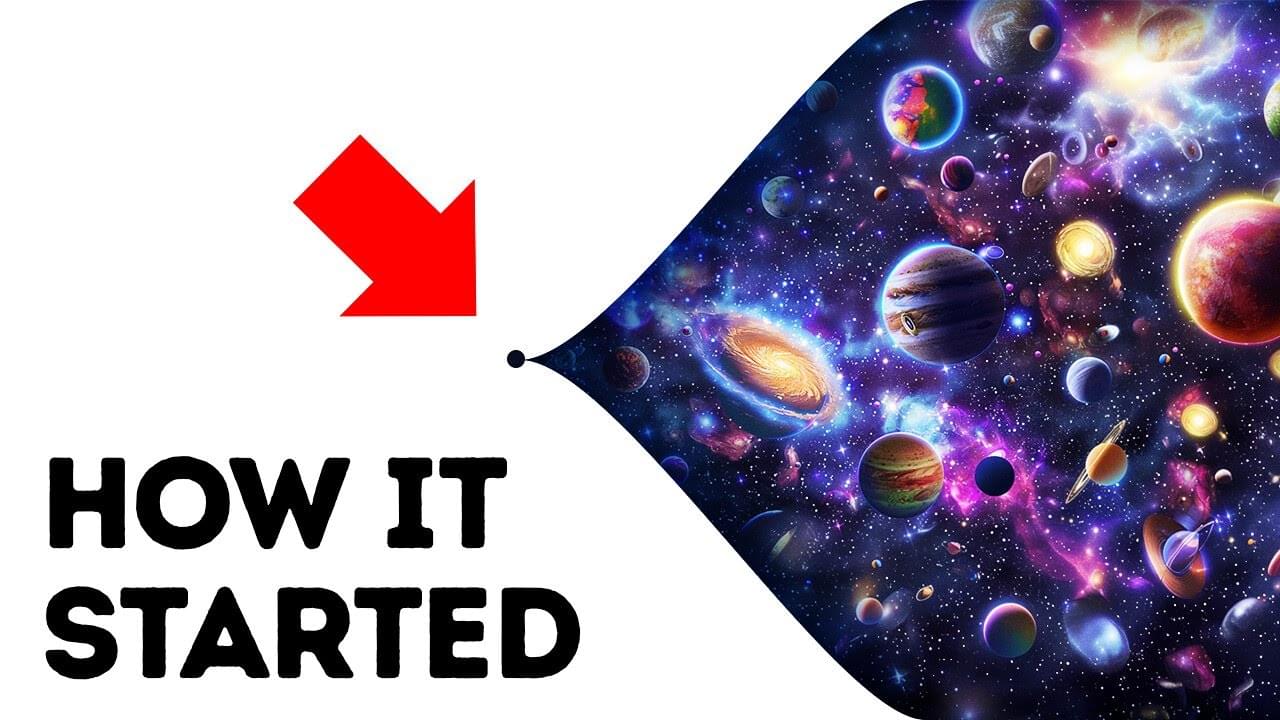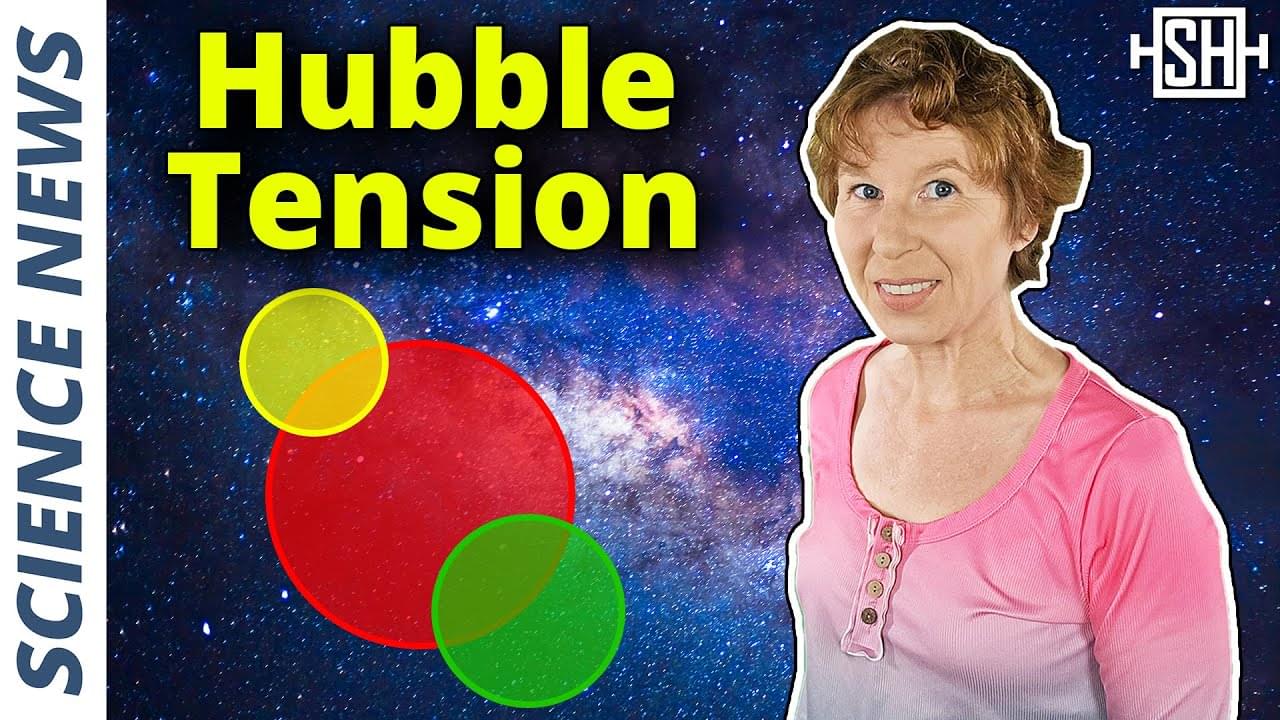
Astronomers have discovered black holes ranging from a few times the sun’s mass to tens of billions. Now a group of scientists has predicted that NASA’s Nancy Grace Roman Space Telescope could find a class of “featherweight” black holes that has so far eluded detection.
Today, black holes form either when a massive star collapses or when heavy objects merge. However, scientists suspect that smaller “primordial” black holes, including some with masses similar to Earth’s, could have formed in the first chaotic moments of the early universe.
“Detecting a population of Earth-mass primordial black holes would be an incredible step for both astronomy and particle physics because these objects can’t be formed by any known physical process,” said William DeRocco, a postdoctoral researcher at the University of California Santa Cruz who led a study about how Roman could reveal them.
